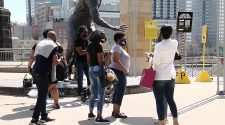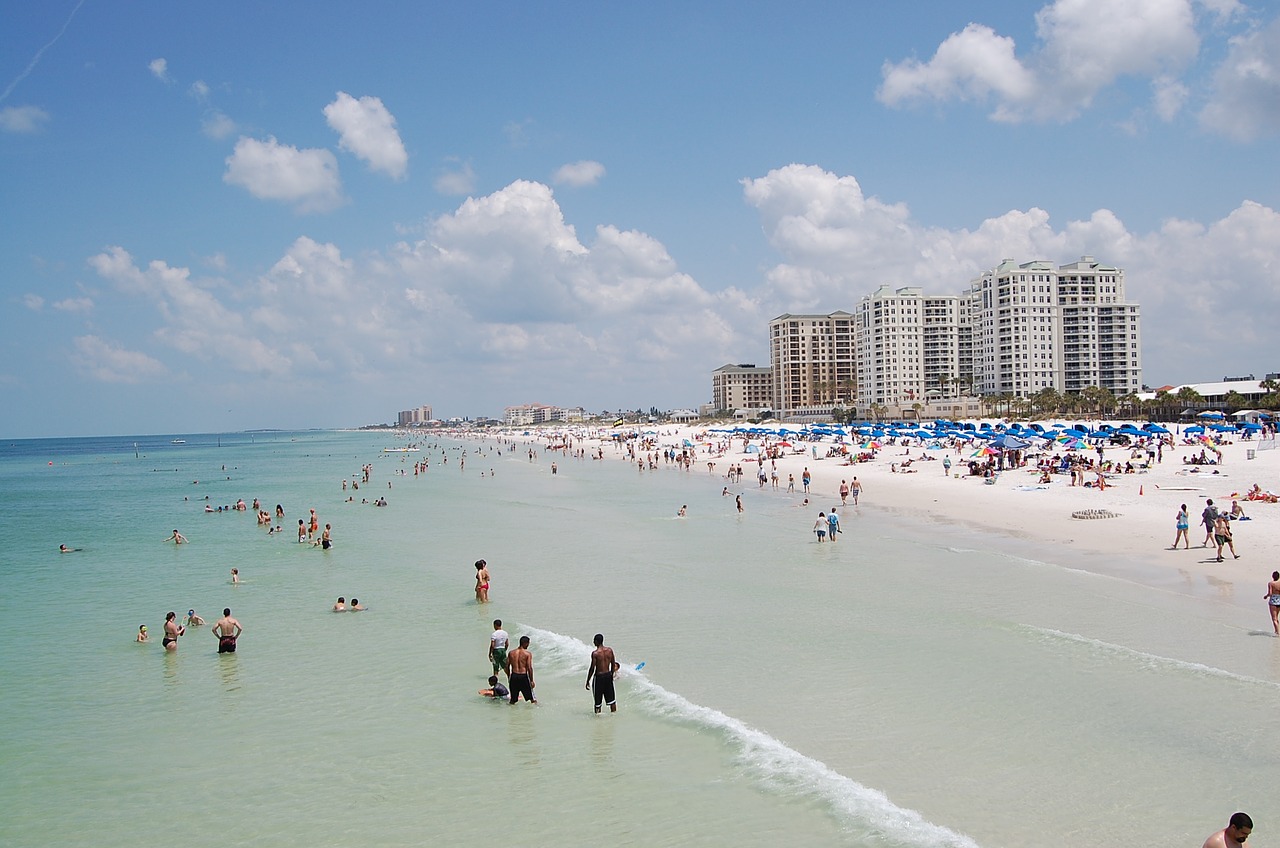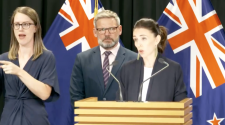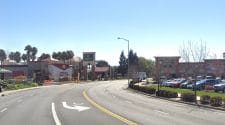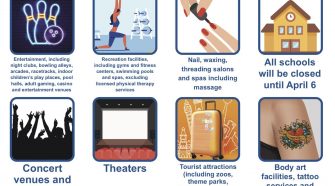Many universities across the U.S. have scheduled a mid-March spring break for 2021, implying Florida may receive an influx of tourists in and around Tampa Bay. With the potential influx of out-of-state visitors, restrictions must be established to prevent a surge in COVID-19 cases.
Spokesperson for the Tampa International Airport Emily Nipps told WTSP on March 1 that within the next few days the airport is estimated to receive an average of 40,000 to 60,000 passengers entering the state.
College students all over the country come to Clearwater Beach and St. Pete beaches for their weeklong break. Even though spring breakers could help Florida’s economy, local and state officials should put precautions in place, like beach and restaurant limits, to avoid more outbreaks of COVID-19.
Shop owners can enforce mask wearing indoors and restrict the number of customers entering their stores at one time, but currently masks aren’t mandatory on public beaches and on the street. Officials have only enforced the hope that Tampa tourists will wear masks at appropriate times.
“The best we can do is try and reinforce good behaviors,” said USF epidemiologist Jason Salemi to the Tampa Bay Times on March 1. “Unfortunately, I think a lot of this is out of our control.”
Hope is not a secure preventative measure, however.
The same requests were asked of spring breakers in March 2020, yet partiers continuously ignored them. Clearwater Beach was packed, while the Centers for Disease Control and Prevention (CDC) was asking people to gather in groups of no more than 10.
After spring break was virtually canceled in late March, Florida had over 6,000 cases of COVID-19, having started the month with only three, according to a daily report by Florida’s official state website.
If limits are strongly enforced by law enforcement, beach patrons will be more likely to minimize the superspreader events that are bound to ensue.
The most important limitation to be put in place is a maximum number of people allowed on Hillsborough and Pinellas beaches at one time. The CDC currently allows beach managers and local health officials to implement their recommended guidelines as they please.
The recommended precautions include standing at least 6 feet apart, wearing masks and avoiding crowds. More efficiently put, tourists should avoid the CDC’s three Cs — crowds, closed spaces and close-range conversations.
Some beaches In Hillsborough County are closed, but Clearwater and St. Petersburg beaches in Pinellas County are open, according to the Pinellas County’s official website.
Local government officials like Director of Parks and Recreations for Pinellas County Matt Bale and his counterpart for Hillsborough County Rick Valdez have the power to create capacities for beaches and other public spaces. They need to take action immediately before spring breakers arrive in the Tampa Bay area.
Another helpful precaution would be to limit the capacity of indoor restaurants and bars in Hillsborough and Pinellas counties. Currently, Florida bars and restaurants are allowed to operate at full capacity, which was announced in September during a press conference by Gov. Ron DeSantis.
Florida is still in a state of emergency, though, which gives DeSantis the power to establish capacities for restaurants, bars and stores.
During the first two phases of COVID-19 precautions in Florida, restaurants and bars could only provide customers with delivery, takeout or outside seating. The governor should reinforce this rule in counties where spring breakers are most common, like Hillsborough, Pinellas and Broward.
Limiting bars, restaurants and beaches could hurt Florida’s economy, since much of the state’s economy relies on tourism. In 2018, out-of-state visitors spent about $94 billion while visiting Florida, according to market research organization Rocket Business Intelligence and Analytics. Due to the pandemic, however, Florida’s tourism industry experienced a 34% decrease in profit in 2020, according to Visit Florida.
On the other hand, limiting the capacity of these places will allow tourists to participate in spring break and bring money to the state without increasing COVID-19 cases as much as they did during March 2020. Preventing Florida’s tourists and residents from contracting COVID-19 is far more important than the quality of tourists’ spring break experiences.
By instating limitations on beaches and restaurants, Florida’s leaders will prove they value their people over their budgets.
Florida’s state and local officials need to take action and prevent spring breakers from creating large crowds that could result in superspreader events by restricting the capacity of beaches and restaurants. Florida’s citizens cannot avoid contracting COVID-19 by having mere faith in tourists who have historically been oblivious to protecting themselves and our residents.

